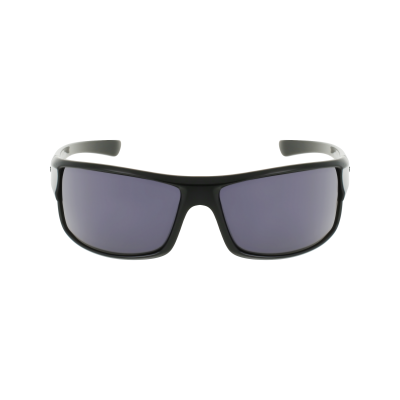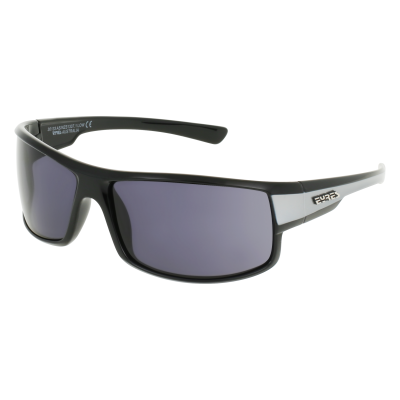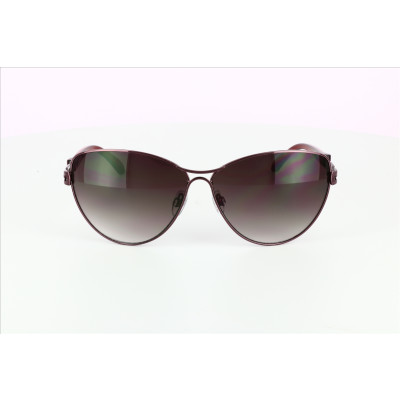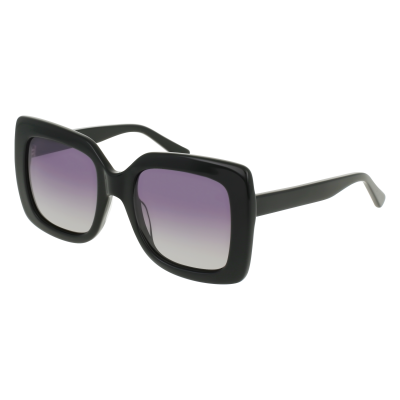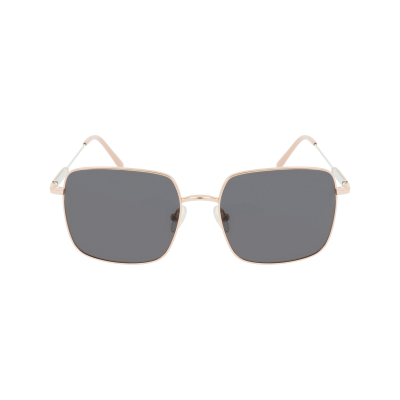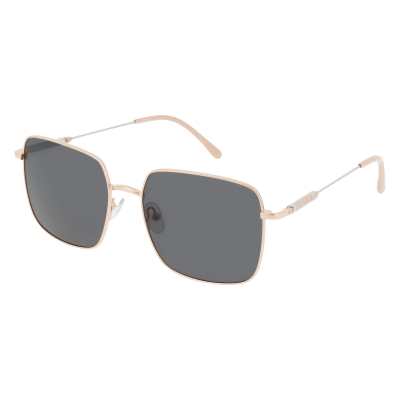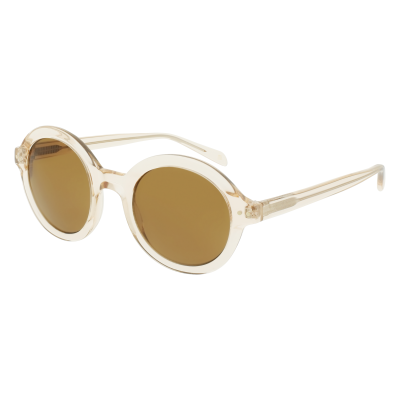- Home
- Polarized Vs Non Polarized Lenses
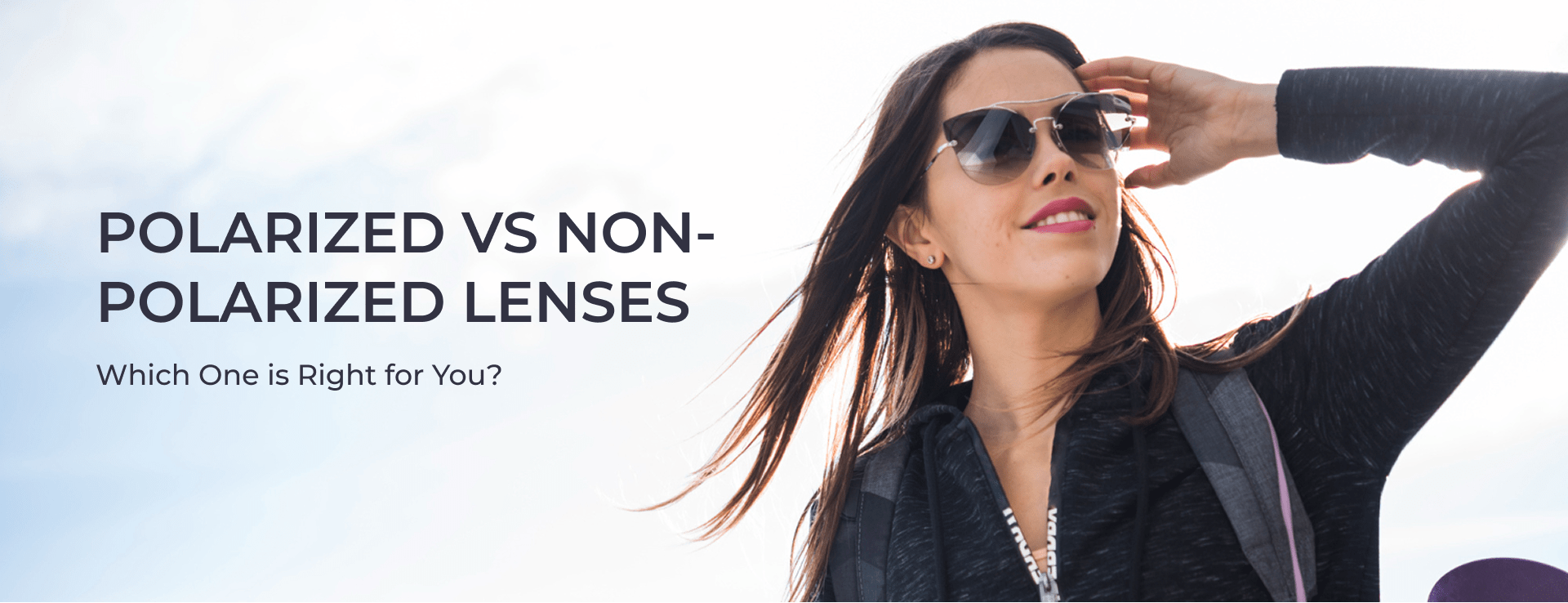

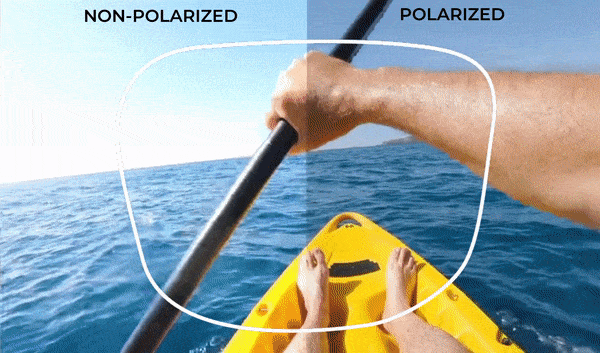
Polarized vs Non-polarized Lenses
When choosing sunglasses, one of the key decisions is whether to go with polarized or non-polarized lenses. Both have their benefits, but understanding the differences can help you make the best choice for your needs.
What are polarized lenses?
Polarized lenses are designed to reduce glare from reflective surfaces like water, snow, and roads. This makes them a great choice for outdoor activities such as fishing, skiing, or driving. The main benefit of polarized lenses is that they improve visual clarity and reduce eye strain by blocking intense reflected light. However, they can sometimes make it difficult to read screens like those on smartphones or car dashboards, as the polarization can distort the image.


Non-Polarized lenses
On the other hand, non-polarized lenses don’t have this special coating, meaning they don’t reduce glare as effectively as polarized lenses. While they may not offer the same level of comfort in bright, reflective conditions, non-polarized lenses are a solid all-purpose option and usually less expensive. They provide clear, natural vision without any interference from screen distortion, making them ideal for everyday use.
Which ones will you choose?
Ultimately, the right choice depends on how you’ll be using your sunglasses. If you’re frequently in environments with a lot of glare — such as near water or on the road — polarized lenses may be the better option. However, for general use or activities where screen visibility is important, non-polarized lenses can still provide reliable protection and comfort.
Shop now

